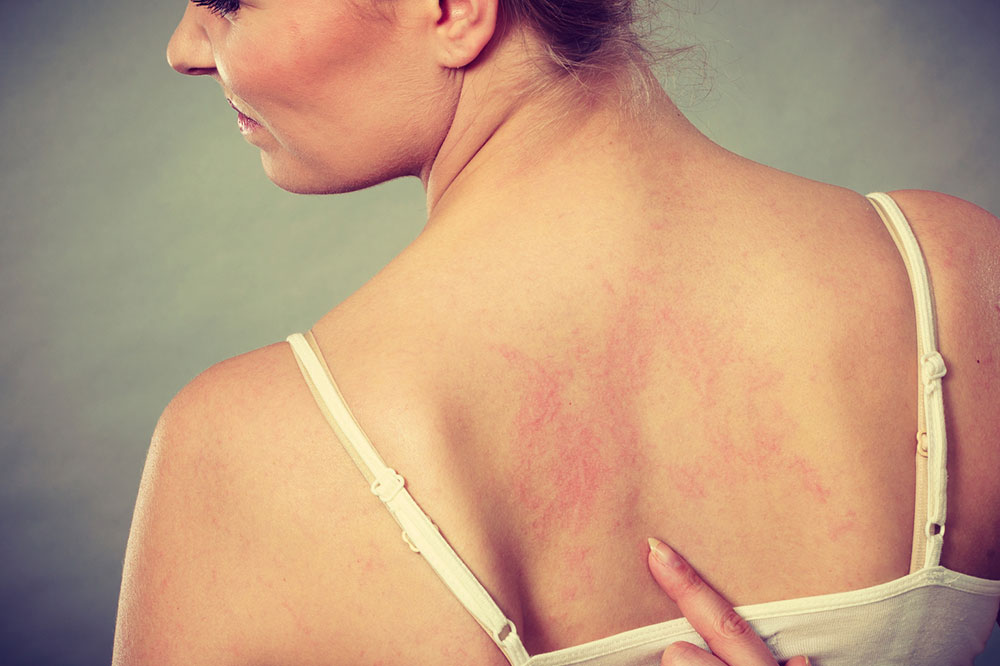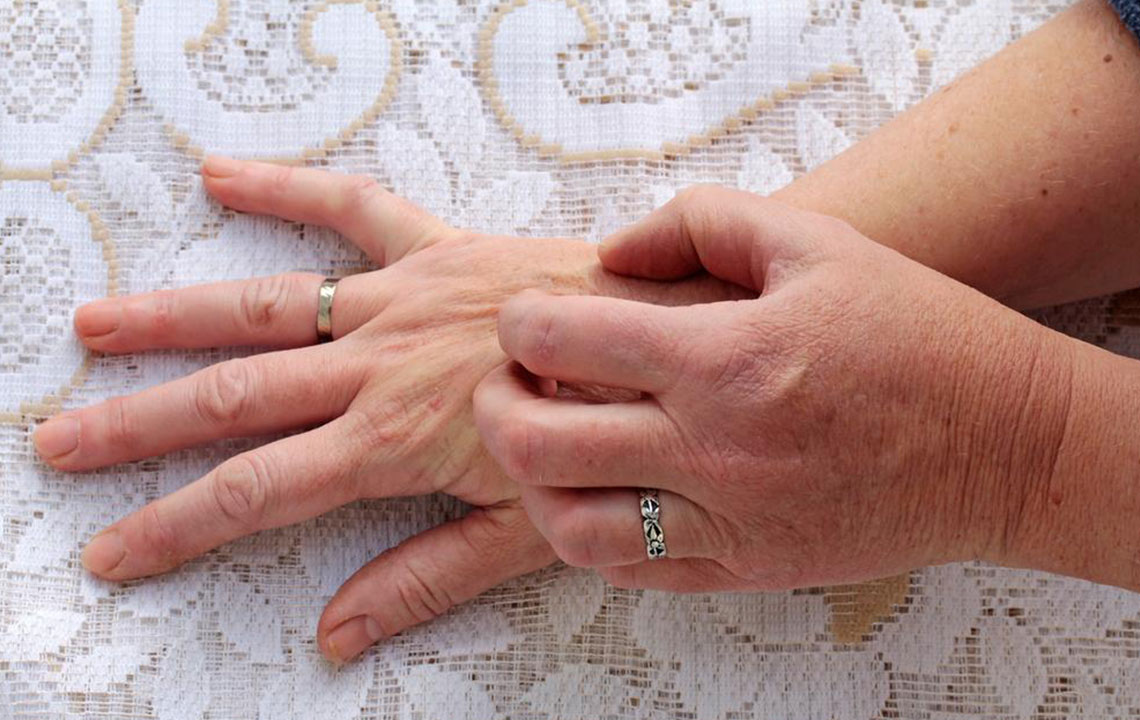Comprehensive Guide to Skin Conditions and Their Underlying Causes
This article offers an in-depth overview of common skin conditions, highlighting symptoms, underlying causes like infections and autoimmune disorders, and the importance of timely medical intervention. It emphasizes understanding triggers such as lifestyle factors, genetics, and illnesses to maintain healthy skin and prevent complications.

Comprehensive Guide to Skin Conditions and Their Underlying Causes
Skin ailments vary widely, presenting with diverse symptoms and triggers. Many skin issues are temporary, and some may be nearly painless but psychologically distressing. Given their prevalence, effective treatments are available for most skin diseases. Nonetheless, understanding what factors can trigger these conditions remains limited. This article aims to deepen your knowledge about common skin problems and their causes.
Signs to Watch For
Symptoms differ based on the specific condition. However, skin irregularities like rough patches or blisters might not always originate from skin issues alone.
Indicators of skin troubles include white or red raised bumps, itchy or painful rashes, rough texture, ulcers, peeling skin, open sores, dryness or cracking, fleshy lumps, discolored patches, changes in mole size or color, warts, excessive flushing, and pigmentation loss. External factors like wearing new shoes or coarse fabrics can also cause some symptoms.
Underlying Causes
The origins of skin issues are diverse. Key factors include bacterial infections lodged in hair follicles or pores, skin-residing microorganisms, viruses, weakened immune defenses, contact with irritants or allergens, genetic predispositions, various illnesses, and lifestyle habits.
Below are prevalent health conditions linked to skin problems:
Inflammatory Bowel Disease (IBD): A group of disorders causing persistent inflammation of the digestive tract. Treatments may lead to skin issues such as skin tags, mouth ulcers, anal fissures, vitiligo, vasculitis, and eczema.
Diabetes: This metabolic disorder can lead to skin problems directly or via circulation issues and infections. Common symptoms include bacterial infections like boils and folliculitis, fungal infections such as ringworm, diabetic blisters, acanthosis nigricans, and diabetic dermopathy.
Lupus: A chronic autoimmune disease affecting joints, skin, and organs. It often causes skin lesions like facial rashes, scaly patches, sun-exposed ring-like lesions, and sores inside the mouth or nose. Pigmentation changes, especially red, black, or purple spots on fingers or toes, are also common.
Other influencing factors include pregnancy, stress, and sun exposure.
Potential Risks
Neglecting skin conditions can lead to worsening symptoms, scars, infections, or severe allergic reactions, including swelling and difficulty breathing. Prompt medical consultation is essential if symptoms appear.
Remember, always seek professional healthcare advice for diagnosis and treatment—this article provides general information only.










